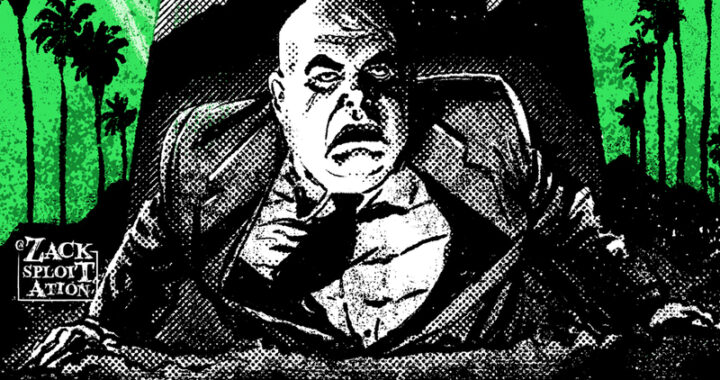
Writing Interesting & Engaging Characters
Since starting to read and review indie and mainstream comic books, I“ve noticed a severe surplus of uninteresting characters…thus making for a boring story plot. A writer can have a solid story premise, but without believable, worthwhile characters to populate it, the project becomes very flat. Here, I begin talking about how writers can create characters that are much more substantial by dive a little deeper than finding a simple protagonist and antagonist. Once you find the purpose your characters will serve to your story plot, then it“s time to develop some back story. This makes your character become a real person with a past. These elements make for a more believable character that someone can relate to. Let“s start by defining a  Back Story:
Back Story ”“ This is the past life that the character experienced before the present story is explained. This can be family life and childhood, including; traumas, family history, travels, and etc. This is a very crucial piece of a character, and helps define how the character reacts to current situations. Extensive back stories allow for wiggle room like flashbacks into the character“s past.
Every main character needs a back story! When creating back story for a cast, use these elements for each character: Who is their family? Where are they from? Who are their friends? And what was their childhood like? Knowing these facts help the characters become more realistic”¦thus being the whole point of this article! The following points are the questions you need to ask yourself in order to make a fulfilling back story.
Family History – Everyone was birthed from someone right? Well, that all depends on you as the writer. Where do your characters come from: a rich family funding their personal vendettas, or an orphanage that teaches him/her to trust no one? Use this type of back story to fuel your character, or even create a surprising event like Star Wars; making the protagonist and antagonist closely related by blood.
Native/Nationality ”“ What land/world is this character from? Identifying a race and point of origin opens up possibilities that can lead to family history and ancestral questions.  This comes in handy when creating a storyline where your character is experiencing amnesia, or there“s some type of racial conflict within the plot. For example: is your protagonist trying to save a world that despises his race/species?
Associates ”“ Everyone knows someone”¦right? Who are your characters“ friends? Do/did they have any associates before the current set of events? A writer can use this to their advantage in several ways. If your character is very introverted or grumpy, something tragic or un-trustworthy events could have made the character this way”¦or just the opposite makes them loving and trustworthy.
Childhood ”“ if the character isn“t already a child, writing in certain childhood lifestyles can help your audience understand why your character acts the way they do. Was childhood traumatic? Did the character have to fend for their life at a tender age? Or were they spoiled brats who got anything and everything they wanted? If your audience is made aware of these facts at some point, they start to empathize and fall in love with your characters.
When creating each main character, check to see if they have all of these elements. Withhold this information from your audience to create a mysterious character, and reveal them at your own pace to create suspense and drama!
Happy Writing
By Tyrone Selby
Follow me on Twitter:Â @TyroneHydraulic
Author Profile
- Tyrone Selby is a jack of all trades from Maryland, Tyrone does a lot in a 24 hour period. Writer of comic “Elements of Light“, producer of Spark-Flow Studios, LLC. Soul 4 Reel Film Festival co-director and full time professional dance instructor keep him updated on almost everything in the entertainment industry. So writing reviews on comics will be no problem! Check out Tyrone on Twitter: @TyroneHydraulic
Latest entries
 Comic BooksOctober 7, 2015REVIEW: Charmed Season 10 #12
Comic BooksOctober 7, 2015REVIEW: Charmed Season 10 #12 Comic BooksSeptember 24, 2015REVIEW Sonic Universe #80: The Silver Age (2 of 4)
Comic BooksSeptember 24, 2015REVIEW Sonic Universe #80: The Silver Age (2 of 4) ColumnsNovember 20, 2014Where Has the Art Gone?
ColumnsNovember 20, 2014Where Has the Art Gone? ColumnsNovember 19, 2014What Am I Reading?
ColumnsNovember 19, 2014What Am I Reading?









